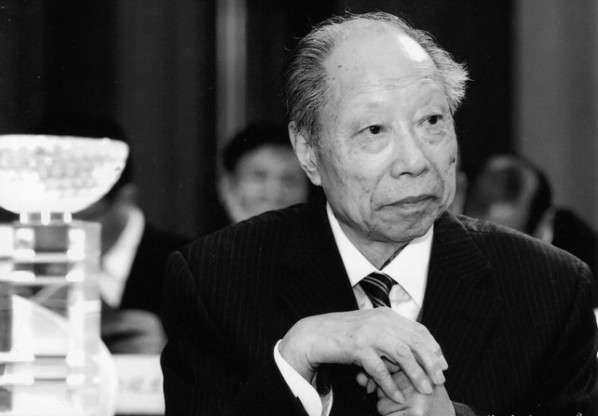
The well-known art historian and traditional Chinese painter Wang Bomin passed away at the age of 89 (1924-2013), at about 7 pm on December 29, 2013, in Hangzhou. Wang Bomin, referred to as Bomin, with the pen name Tian Sufan, his study name was Bantang Zhai. Wang Bomin was born in 1924, graduated from Shanghai Art School in 1947, following that he went to further study in National Beiping Art School, so he was not only a graduate student of Xu Beihong but also a disciple of Huang Binhong. He was a professor, doctoral tutor of Fine Arts Study of China Academy of Art, a member of China National Academy of Painting, an adjunct researcher of Dunhuang Academy China, a director of Xiling Academy of Traditional Arts.
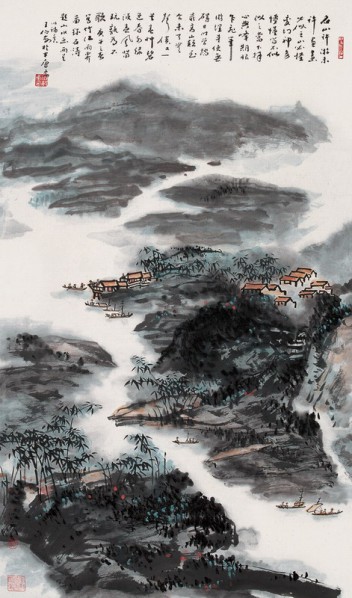
Wang Bomin, “Landscape Painting”, 1990
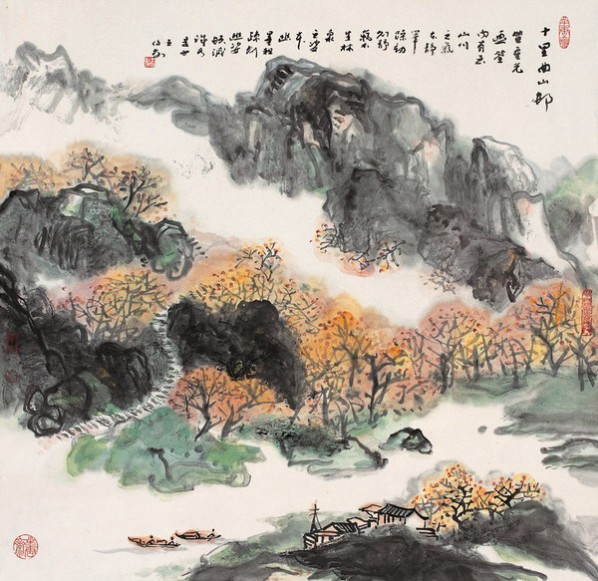
Wang Bomin, “Ten Miles of Winding Mountain Villages”

Wang Bomin, “White Mountains (Qiyun Mountains) Landscape”, 1978
Wang Bomin was the founder and leader of the field of Chinese art historical discipline in the second half of the 20thcentury, and he was called “Confucianist Proficient in Painting History”, “Unusual Talent in Seven Histories”. He spent more than six decades of years to finish seven urgent specific writings of art history, which largely promoted the study of Chinese art history. Representative works of art history include “Chinese Painting History”, “History of Chinese Print”, “General History of Chinese Art”, “History of Chinese Minorities’ Arts”, “History of Chinese Folk Paper-Cut”, “Study of Landscape Paintings in Dunhuang Murals”, “Composition of Chinese Painting”.
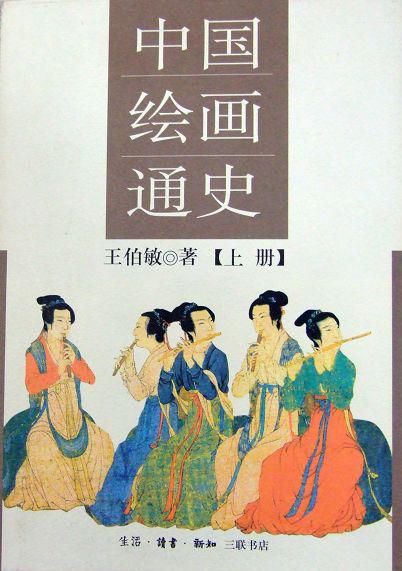
“General History of Chinese Art” did not only draw the outline of the structure of the process of Chinese artistic evolution, but it also summarized the law of artistic development, which is called the microcosm of the several thousands of years of Chinese nation’s artistic history, serving as a milestone in the study of Chinese artistic history. The book won the Chinese Book Award, and the First Culture and Arts Disciplinary Outstanding Achievement Award by Ministry of Culture, in celebrating the 50th Anniversary of National Day. “Chinese Painting History” not only introduces painters, evaluating works of painting, but also tells the development of painting theory. It was the first monograph of art history which was initially published after the founding of PRC, and it stabilized the system of editing painting history for a longtime in China, and was also a monograph of painting history with a high academic value in the second half of 20th century. It was awarded the first National Social Science Outstanding Achievement Award. “Composition of Chinese Painting” was not only published for many times in China, but also published in a Japanese edition. For the spatial concept of traditional Chinese painting, Wang Bomin creatively put forward:“seven ways to watch” including watching step by step, watching one aspect after another, exclusively watching, remotely watching, closely watching, moving and comparatively watching, combination of six distances. It is not only an important summary of the traditional landscape painting, but also benefit for the improvement and innovation of the new landscape painting.
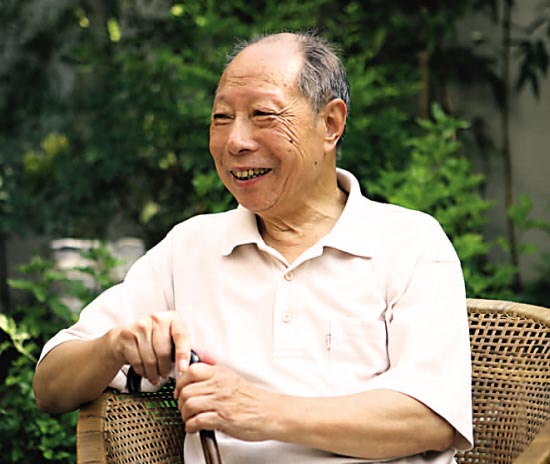
Wang Bomin studied the theory of painting and practiced the achievement in the painting, his works focus on the beauty of spatial artistic conception, directly embodying the elegant state of Chinese literati painting. Pan Tianshou once praised him: “It’s understood that he is not only an historian expert, but he is also good at poetry and painting”. Wang Qi also praised the powerful mountains and rivers in his painting, where grasses and trees silently flourish and moisten.
Text: Zhang Wenzhi, translated by Chen Peihua and edited by Sue/CAFA ART INFO




























